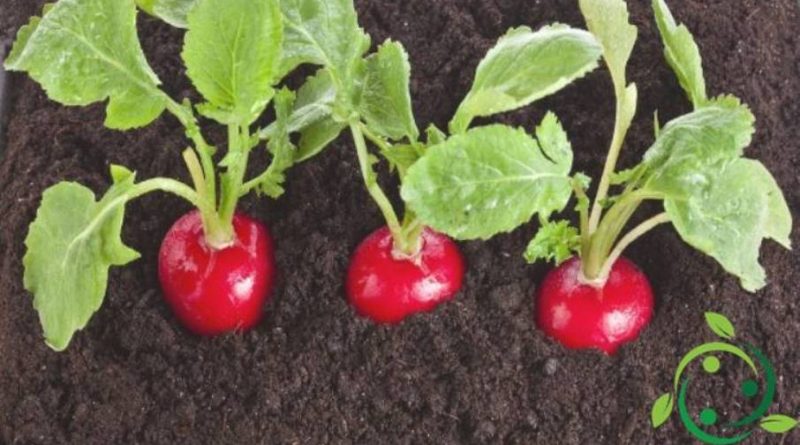How to grow radishes in a biological way
How to grow radishes in a biological way
The cultivation of radishes (Raphanus sativus L., 1753) is not particularly complex but if we want to give more quality and above all not to use chemistry we have to follow some small precautions. Radishes require a temperate, dry and sunny climate; this plant does not like frosts and rain, especially during the first days of sowing, and does not tolerate excessive insolation and drought. The type of soil must be light, well drained, for a better root growth, better if calcareous.
The period of sowing of the radishes depends on the variety. They range from spring, with red peel and white pulp and short crop cycle (less than a month), to summer ones that ripen in a slightly longer time. Finally, winter radishes (larger in size) and obviously require a longer maturation time that can reach 60 days. Sowing can therefore start early spring to arrive (depending on the variety) until the end of summer-early autumn, directly in the vegetable garden. Obviously these periods should be changed if you are in the south or in the north to avoid moments of intense cold and the danger of frost. To better adjust yourself follow the instructions in the sachet you buy.
Before sowing, carefully work the soil, clean the grass and preferably two weeks before the organic substance (excellent mature cow manure) that you will mix carefully with the soil. For sowing it is advisable to mix seeds and a little sand in advance to be sprinkled and then spread in the ground. This precaution avoids the excessive concentration in some points of the plants that will germinate and which in any case will have to be subsequently thinned out leaving the healthier and larger ones.
After sowing it is good to cover with a layer of soil or sand mixed with well refined organic substance in order to protect the germination of young seedlings. The irrigation that has to start immediately should be done then with constancy and avoiding the drying of the soil that has a negative effect on the consistency of the pulp. For personal use we suggest to plant it every week in small parcels to have fresh produce continuously.
Among the main adversities we remember the aphids that can be combated with solutions based on soap of Marseilles, the grillotalpa can be fought with special traps or, better, avoiding stagnations and making the rotation with other crops. For the Altica Two biological remedies to remove the chard root from the garden are neem oil and nettle macerate.

